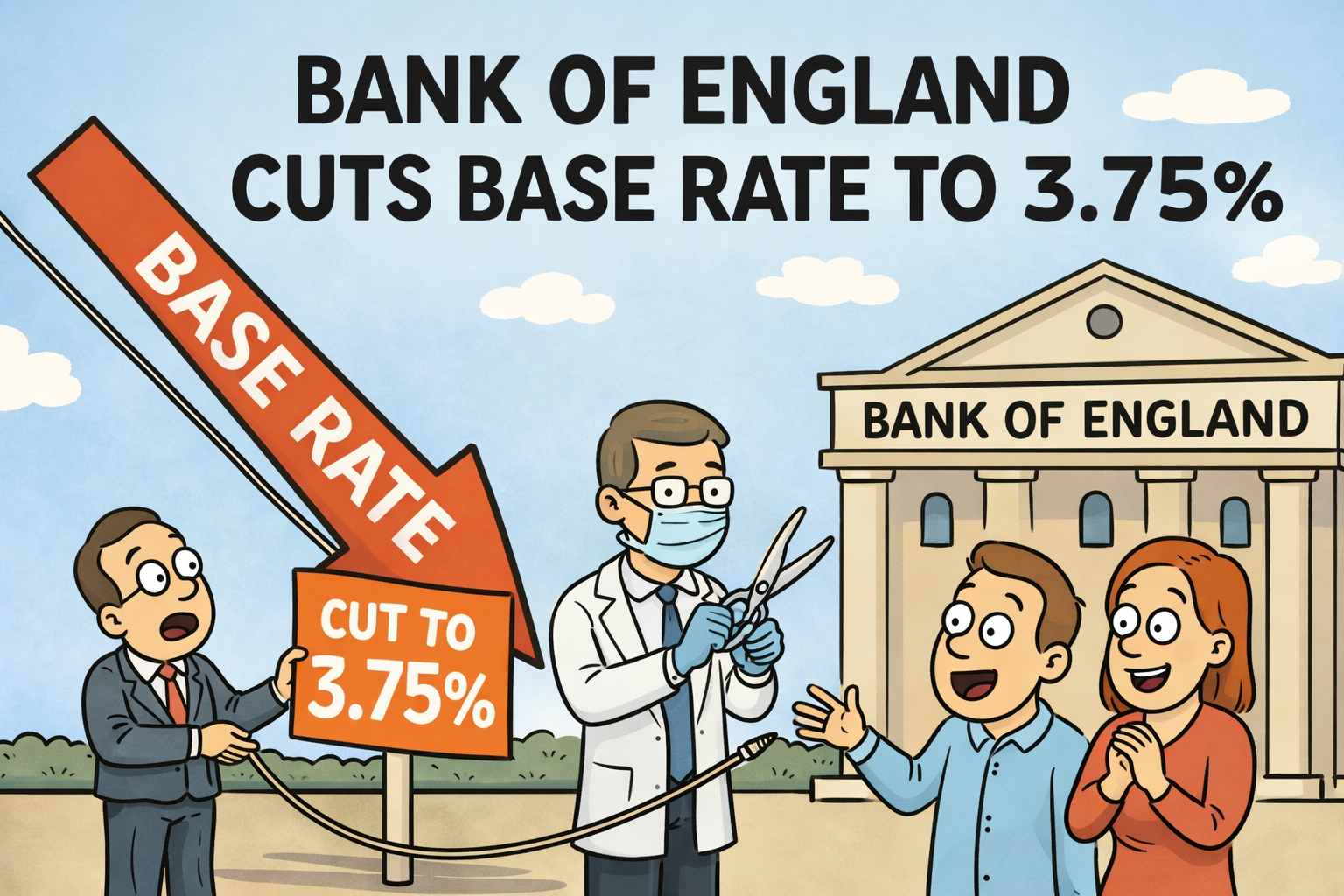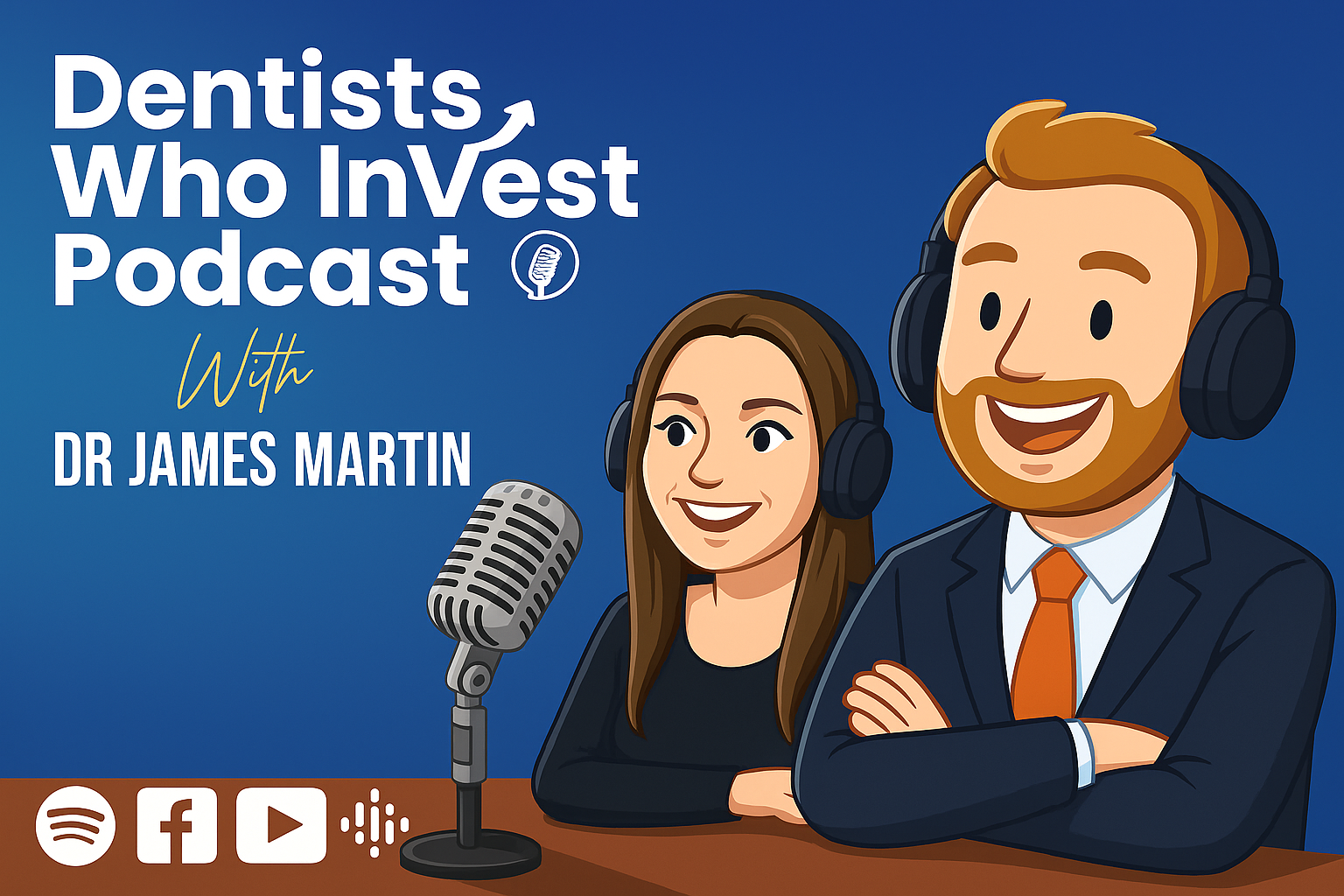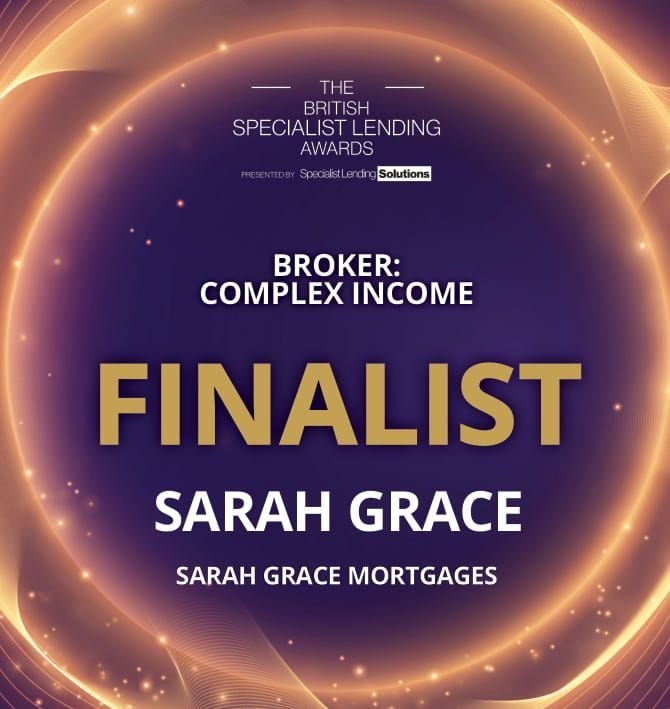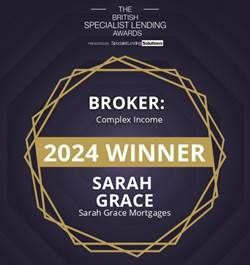Bank of England Holds Base Rate at 4.00% - What It Means for Mortgage Borrowers
The Bank of England has held the base rate at 4.00%. Find out what this means for mortgage holders, first-time buyers, and those remortgaging - plus what could happen next for UK interest rates.
Bank of England Base Rate Remains at 4.00%
The Bank of England’s Monetary Policy Committee (MPC) has voted to hold the UK base rate at 4.00% - maintaining its cautious stance as inflation remains above target and economic growth stalls.
While the decision was widely expected, it carries major implications for mortgage borrowers, homebuyers, and anyone planning to remortgage in the next year.
Why the Bank of England Held the Base Rate
Despite progress in lowering inflation, the BoE remains concerned about lingering price pressures.
- Inflation is currently around 3.8%, still well above the 2% target.
- Wage growth continues to fuel inflationary risks.
- The UK economy is showing signs of weakness, with flat GDP growth and slowing consumer spending.
In short, the Bank wants to avoid cutting too early and reigniting inflation - but also doesn’t want to push the economy into recession. Holding at 4.00% keeps the balance between stability and caution.
What This Means for Mortgage Borrowers
Tracker and Variable-Rate Mortgages
If you’re on a
tracker or
variable-rate mortgage, your monthly repayments will remain unchanged - for now.
However, interest costs remain much higher than before 2022, and
rate cuts are unlikely in the short term. Borrowers should plan for
elevated repayments through 2025 and possibly into 2026.
Fixed-Rate Mortgages
Even though the base rate hasn’t changed, fixed-rate mortgage pricing depends on swap rates - market indicators that reflect expectations of future BoE decisions.
- Lenders have made small reductions in some fixed-rate deals.
- The best 5-year fixed deals are now hovering around the mid-4% range, depending on loan-to-value.
- The outlook remains uncertain, so those nearing the end of their fixed deal should start exploring remortgage options early.
First-Time Buyers and Remortgagers
For first-time buyers, this rate hold means relative stability in borrowing costs, but it’s not yet time to expect major rate drops.
Remortgagers should act early - ideally six months before their current deal expires - to secure competitive rates. Working with a mortgage broker can make a big difference in finding the best offers as markets fluctuate.
What Could Happen Next with UK Interest Rates
The BoE has been clear: rate cuts will only come once inflation is firmly under control. Markets currently expect the first cuts to begin in mid-2026, though this could shift depending on economic data.
Key indicators to watch include:
- Inflation, particularly in services
- Wage growth and unemployment rates
- Market swap rates, which directly affect fixed-rate mortgage pricing
If inflation continues to cool and the economy slows further, gradual rate cuts could begin. But the Bank of England is prioritising long-term stability over short-term relief.
Key Takeaways for UK Mortgage Borrowers
- Base rate unchanged at 4.00% following the latest MPC meeting
- No change for tracker or variable-rate mortgage repayments
- Fixed-rate mortgage rates may edge down slightly as markets adjust
- Rate cuts are expected to be gradual - not immediate
- Borrowers should budget for higher repayments throughout 2025
Final Thoughts
The Bank of England’s decision to hold the base rate at 4.00% signals a steady but cautious phase for the UK economy.
For mortgage borrowers, this means stability at elevated levels - and the importance of preparation over panic. Whether you’re buying, remortgaging, or simply reviewing your finances, staying informed about inflation trends and lender movements will be key to making smart mortgage decisions in the months ahead.
Ready to continue the conversation? Click here to contact us.
Check out our other
blog posts here!








